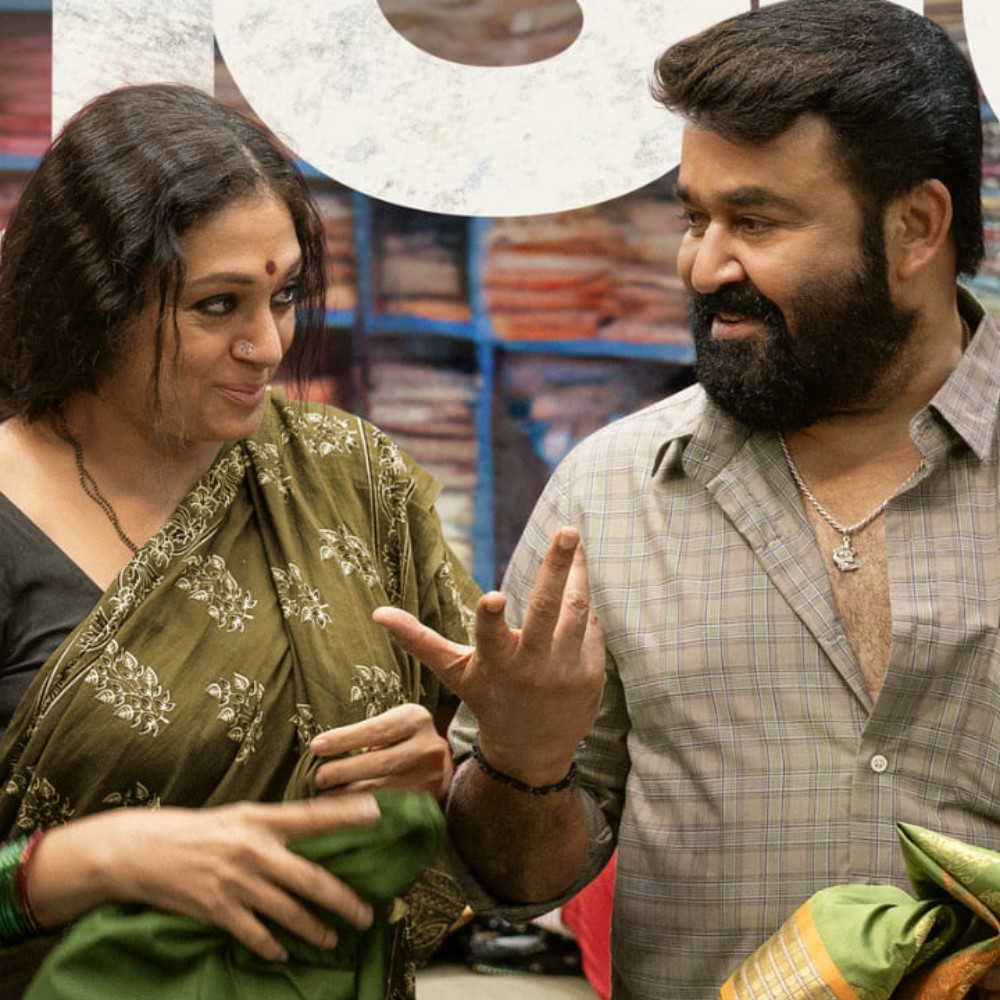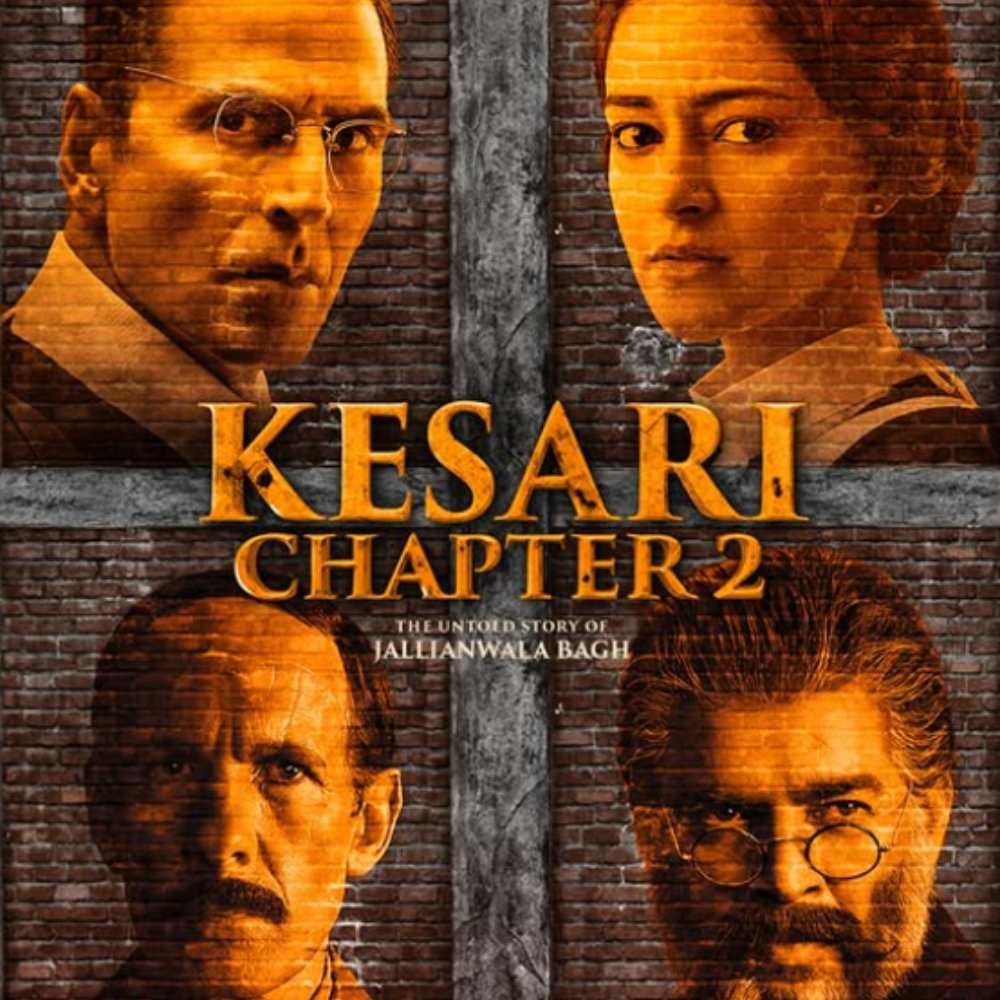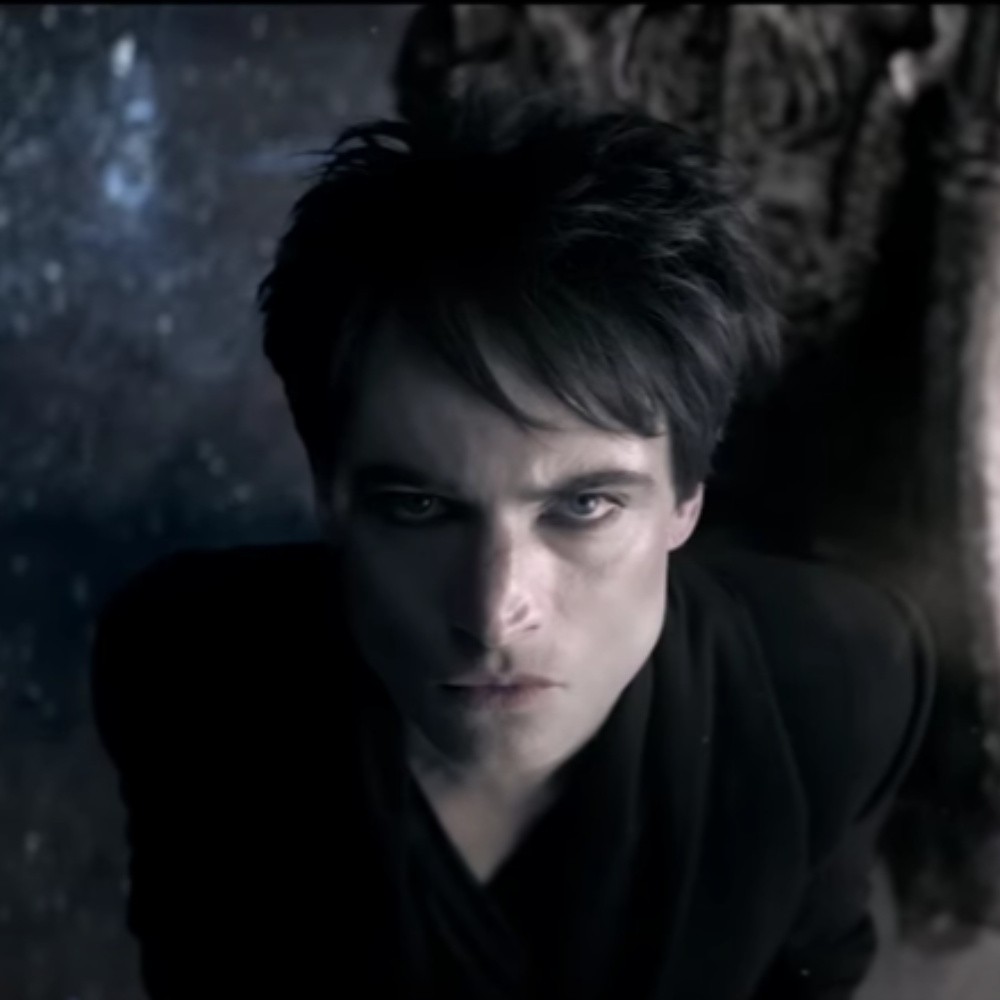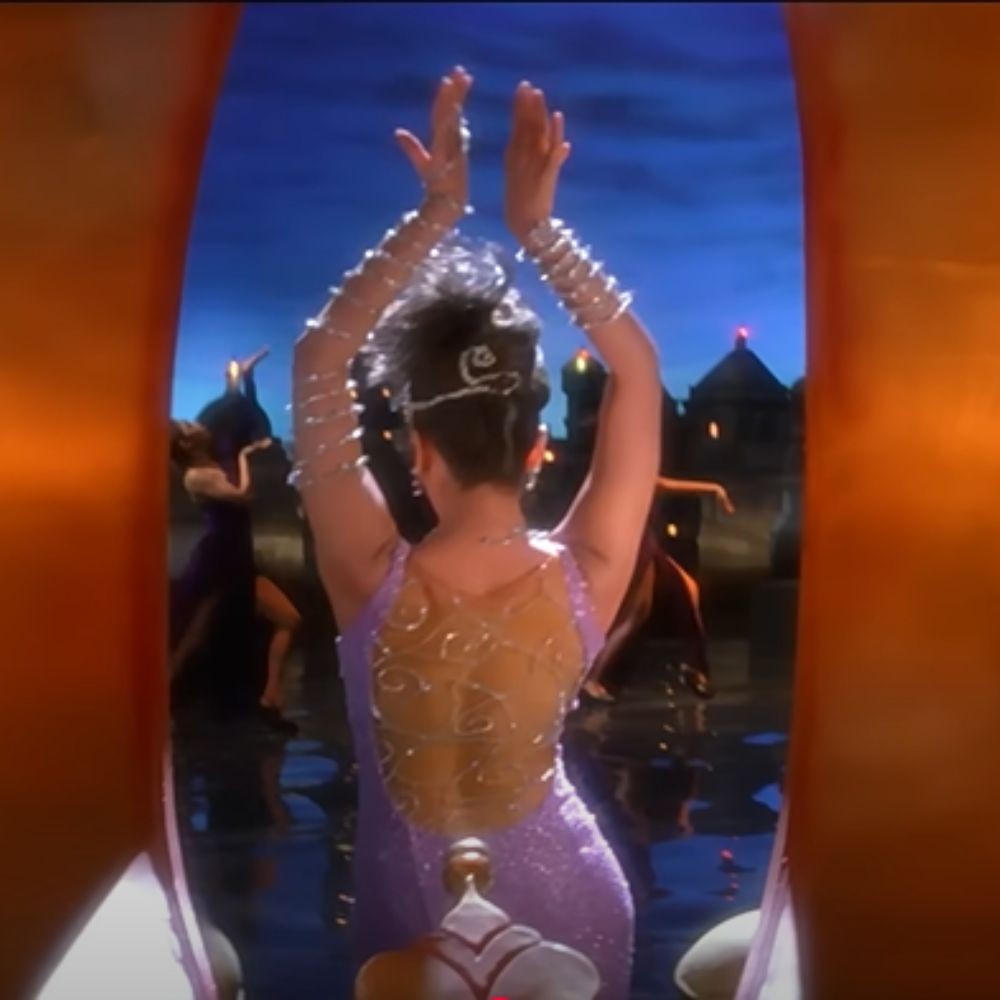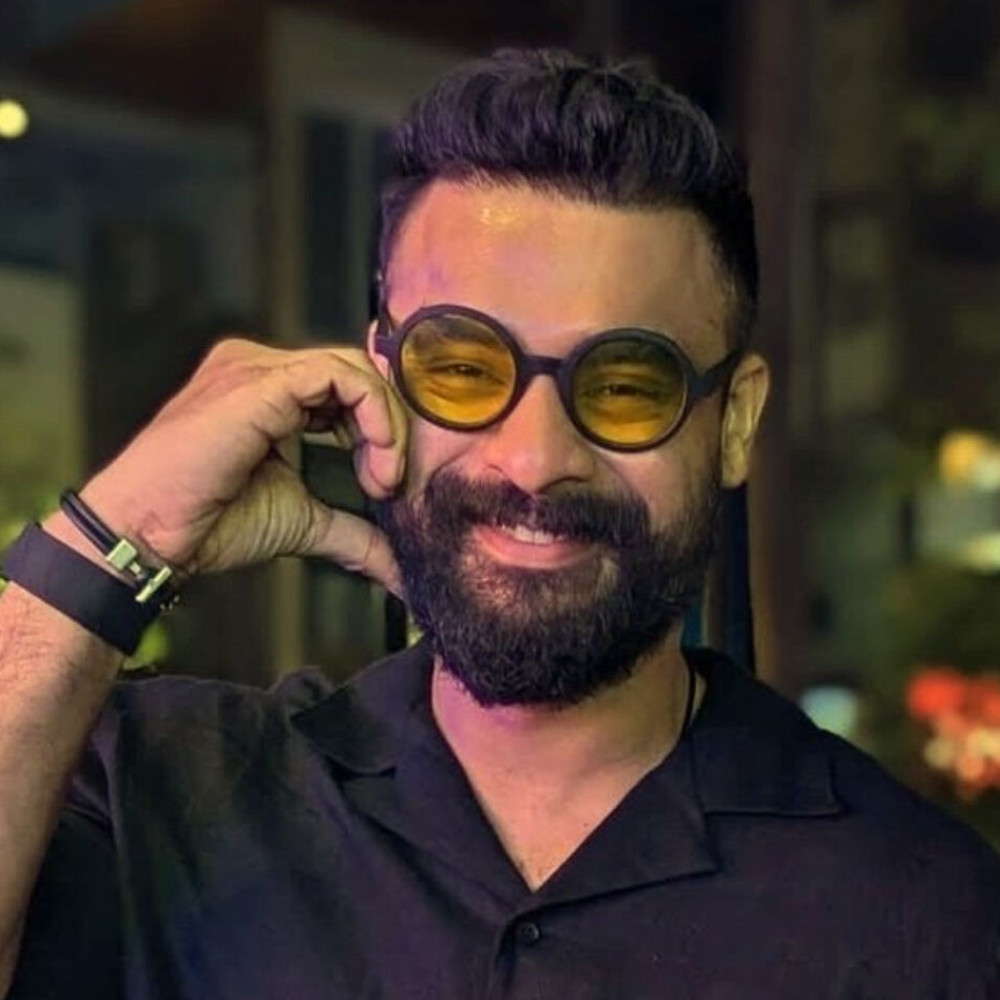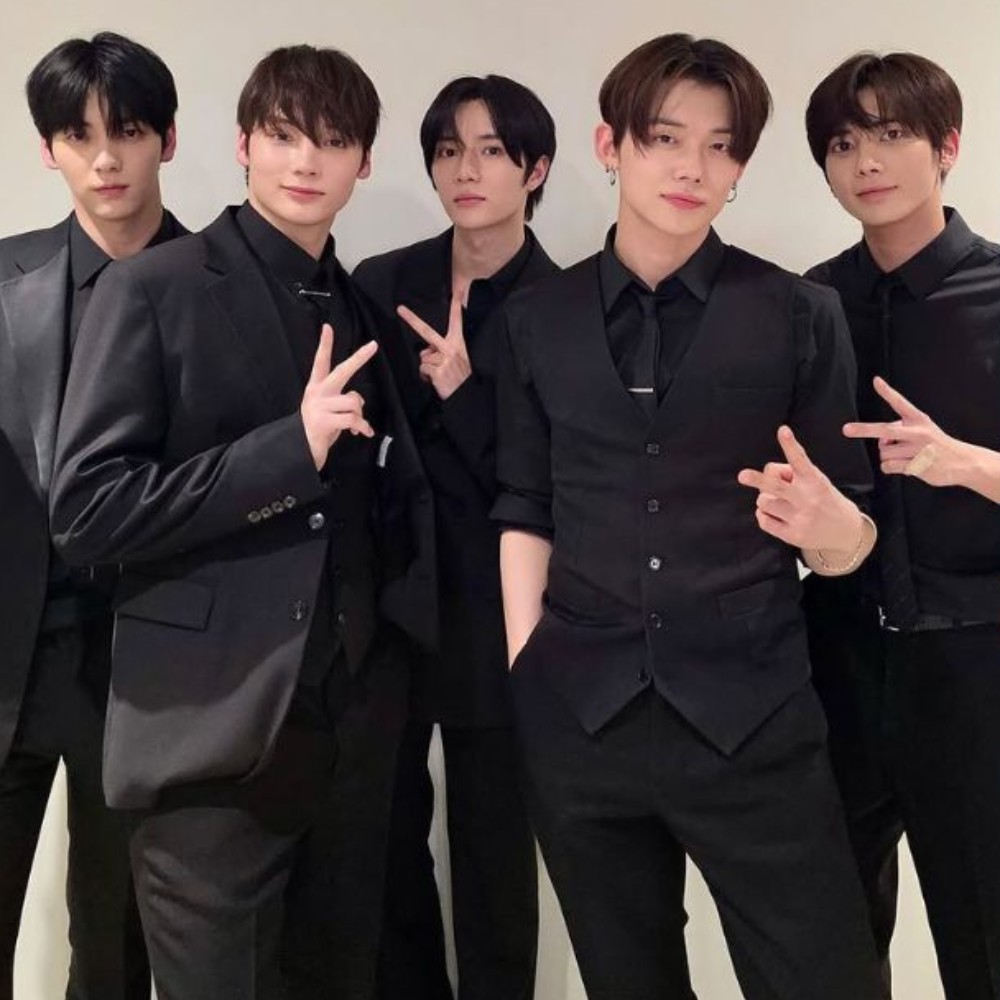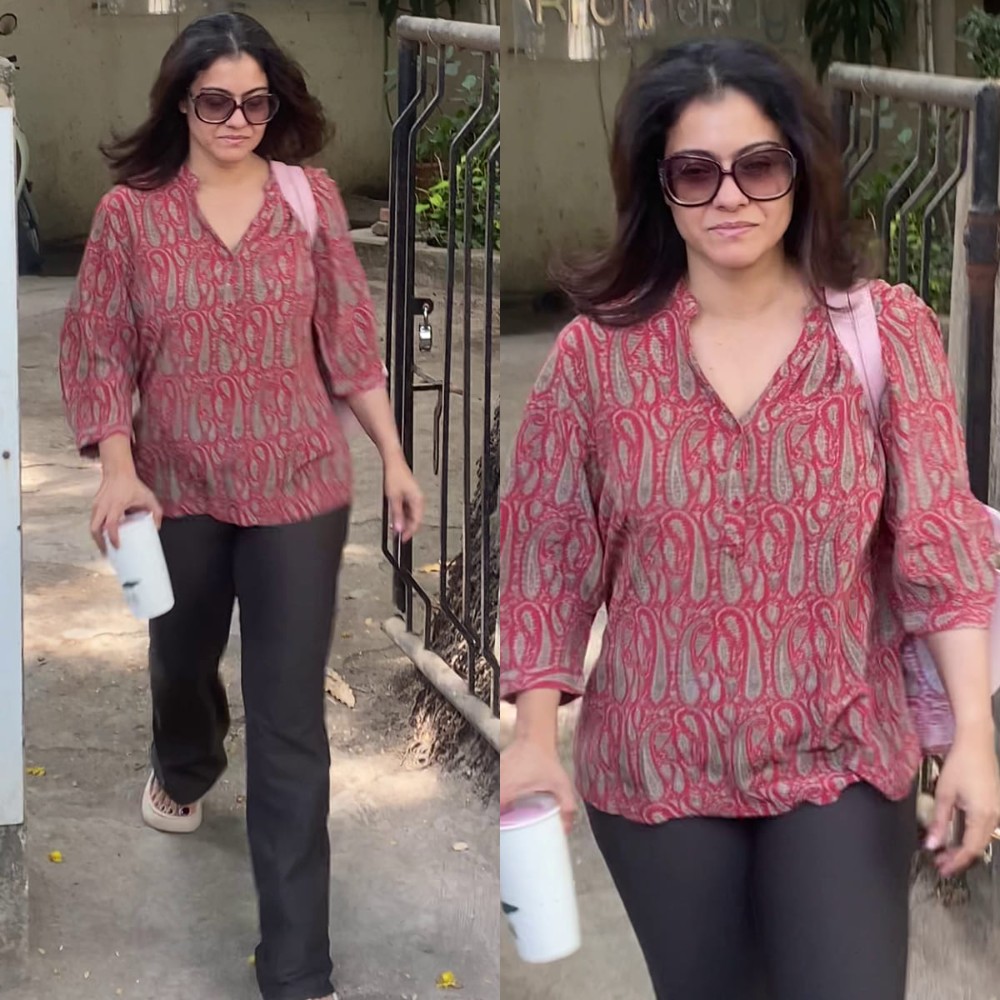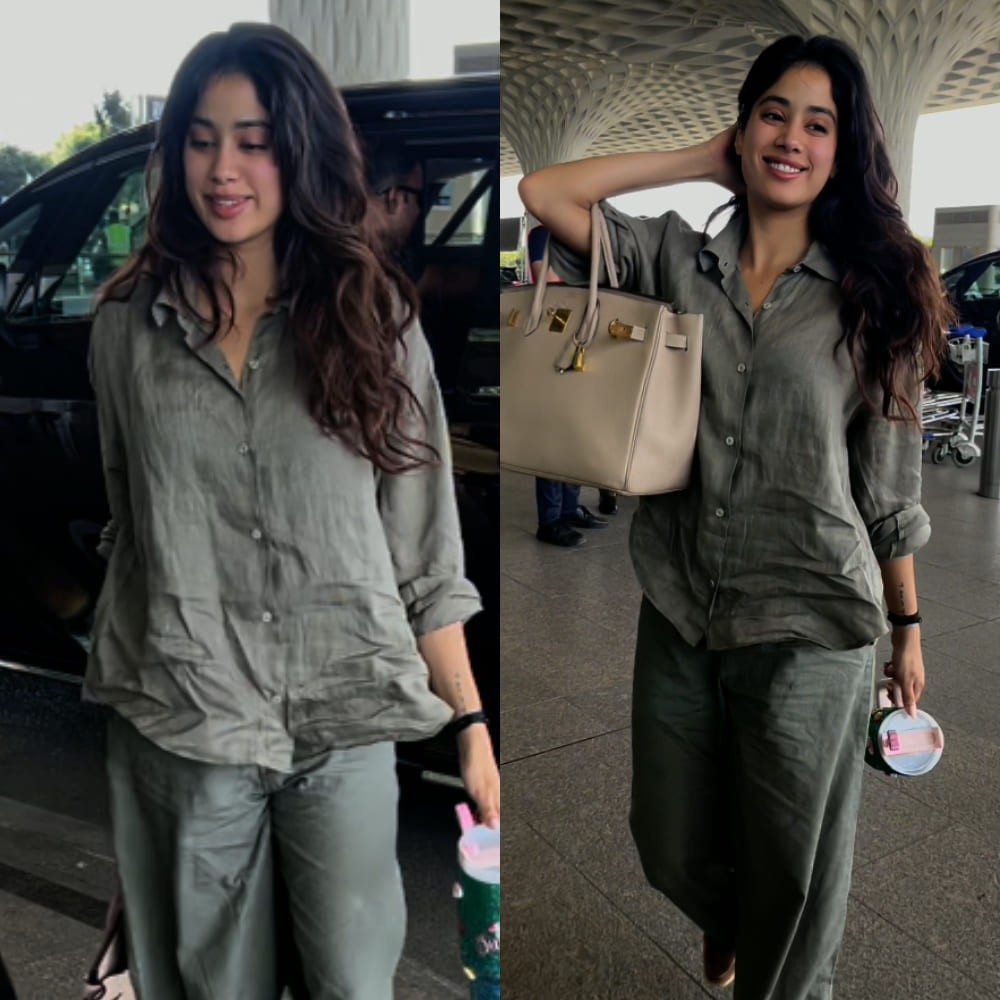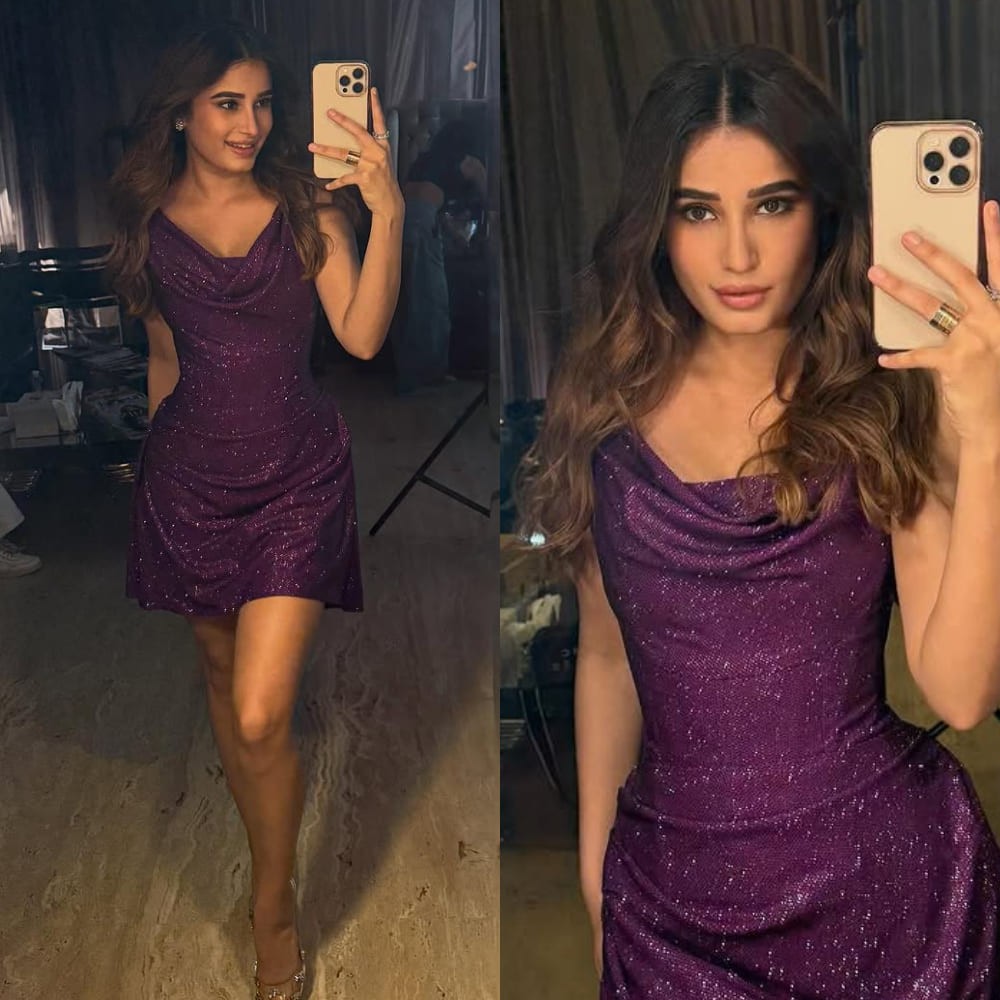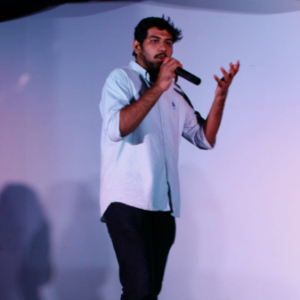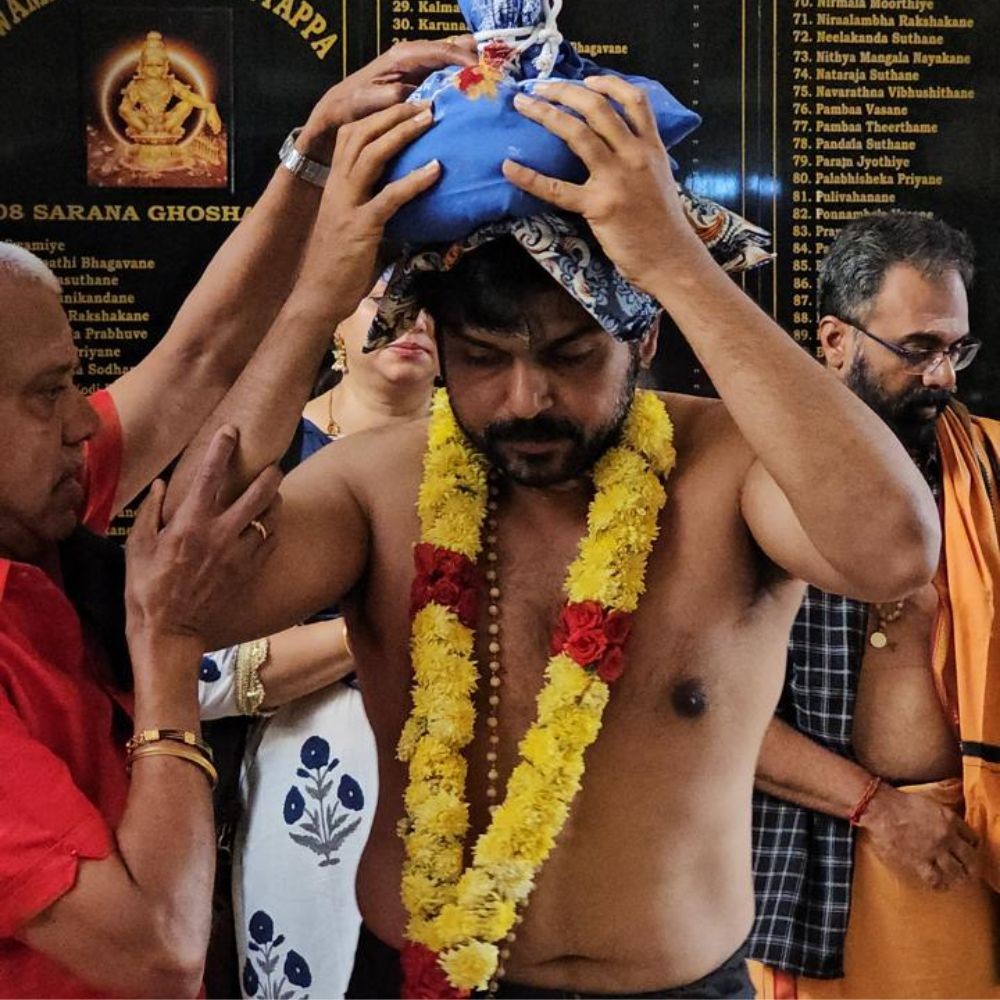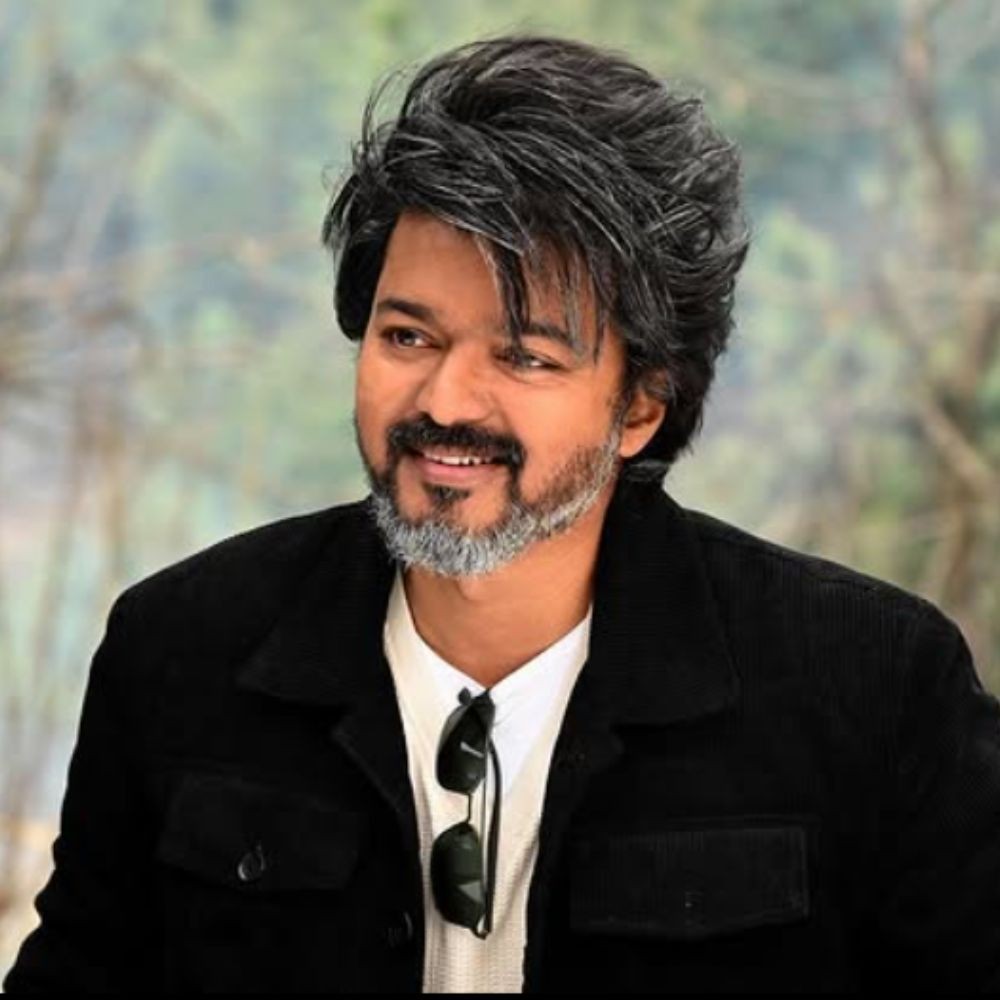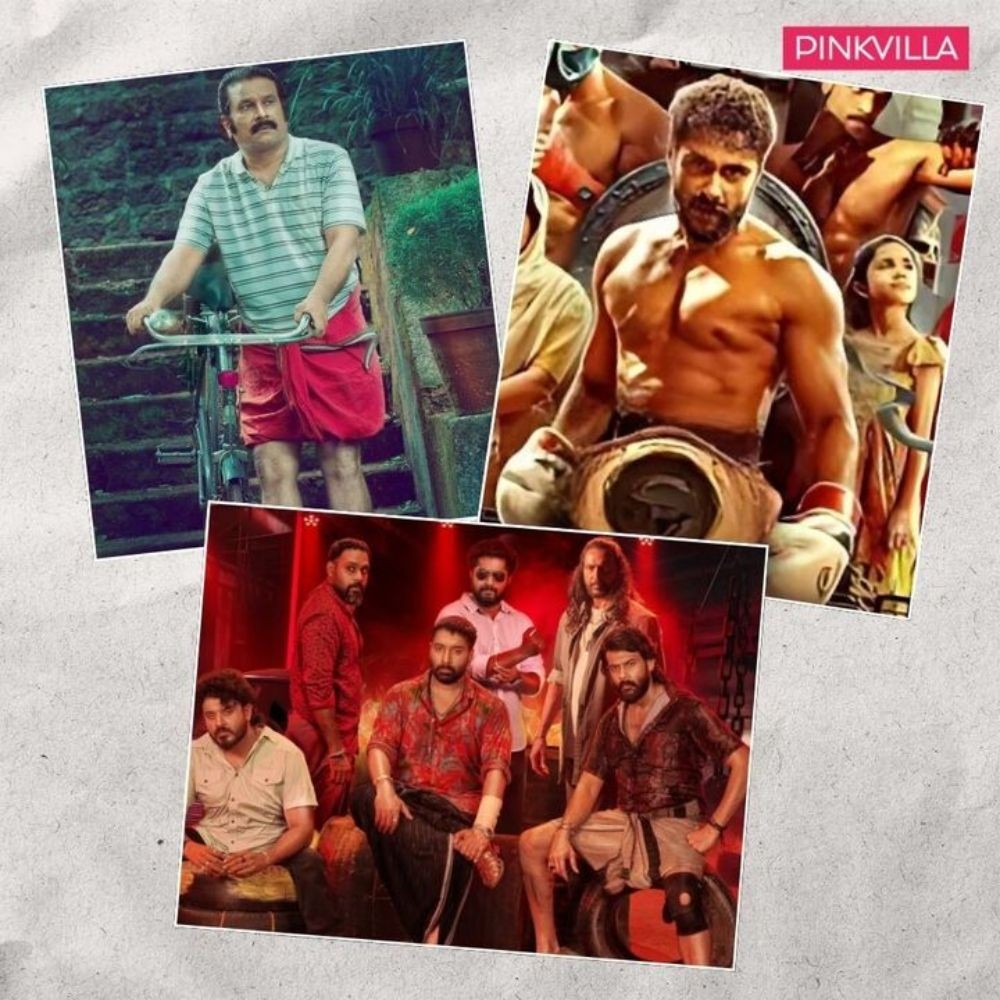All We Imagine as Light Movie Review: Payal Kapadia’s award-winning film acts as a binocular into the lives of migrant workers in Mumbai
Payal Kapadia’s award-winning film All We Imagine as Light is set to release in theaters. In case you’re wondering whether to watch it, read Pinkvilla’s review of the film to get further insights!
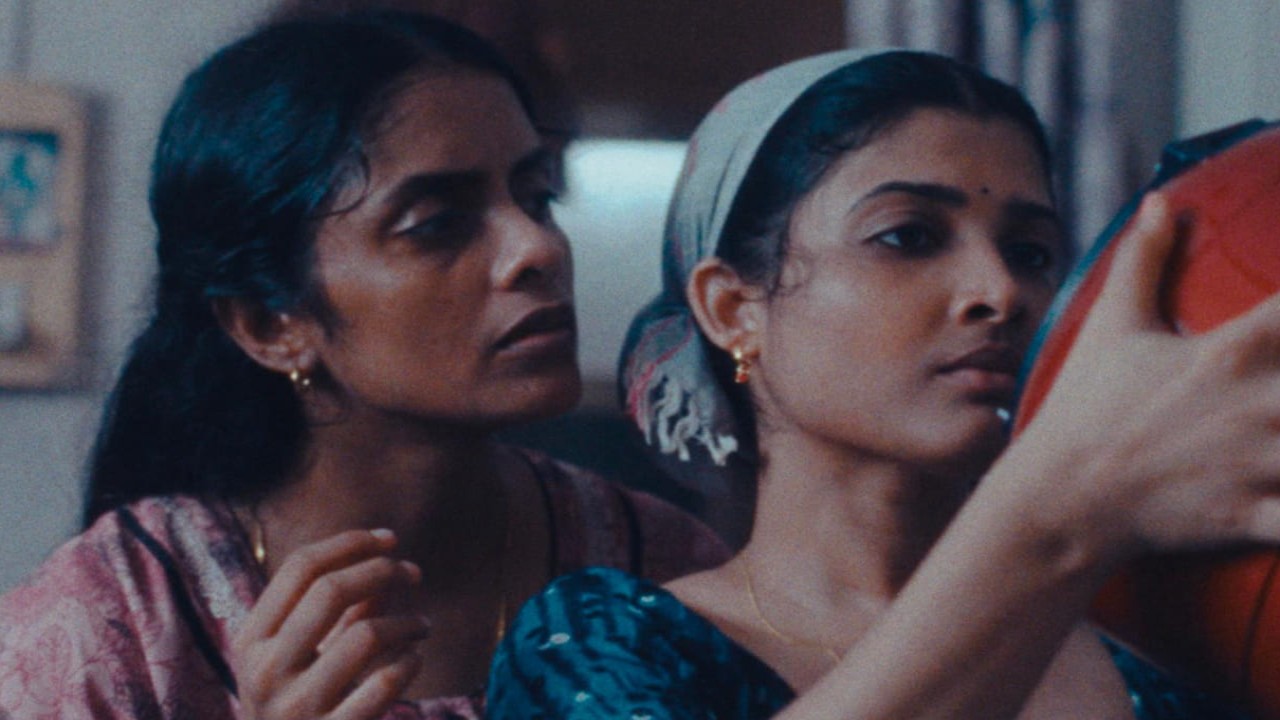
Name: All We Imagine As Light
Director: Payal Kapadia
Cast: Kani Kusruti, Divya Prabha, Chhaya Kadam, Hridhu Haroon
Writer: Payal Kapadia
Rating: 4/5
Payal Kapadia’s second feature directorial, All We Imagine as Light (Prabhayay Ninachathellam), is undoubtedly one of the most talked about films of 2024 so far. The film, which features Kani Kusruti, Divya Prabha, Chhaya Kadam, Azees Nedumangad and more in lead roles, gained international acclaim earlier this year, and even secured the Grand Prix Award at the esteemed Cannes Film Festival. The film recently hit the silver screens in Kerala. But is the film worth watching on the big screens? Let’s discuss!
Plot of All We Imagine as Light:
Looking at it from a macro lens, All We Imagine as Light is a tale about Mumbai and the thousands of migrants that occupy the city. The film focuses on the lives of three such migrants, Prabha, Anu, and Parvaty, played by Kani Kusruti, Divya Prabha, and Chhaya Kadam respectively.
Kani Kusruti’s character Prabha, is a nurse hailing from Kerala, who has risen up the ranks to become the head nurse in the hospital. Although she is married, her husband left for Germany soon after their wedding, and eventually their communication came to an end as well. She shares her room with a younger, more nonchalant nurse, Anu (Divya Prabha), who also hails from Kerala. Anu is just adjusting to the city life, and often asks the older, wiser Prabha to cover her rent as well. Furthermore, she is also in a relationship with a muslim man, Shiaz, played by Hridu Haroon, something which adds to the gossip amongst the hospital nurses.
Chhaya Kadam’s Parvaty is a much older woman, who runs the hospital mess. She hails from a coastal village in Maharashtra, and had been living by herself following her husband’s demise. However, she is threatened with eviction by a property developer, who has bought her apartment building. How the three migrant women navigate through their mundane city lives, and the decisions they stumble upon forms the crux of the story.
What works in All We Imagine as Light
The first thing that catches the eye while watching this brilliant drama is the camera work by Payal Kapadia’s go-to cinematographer - Ranabir Das. Each visual is more stunning than the one that precedes it, and adds something to the overall arc of the story. Ranabir Das has also skillfully captured the lives of the three women in Mumbai, contrasting it with their lives when they help Parvaty move back to her hometown.
In fact, the visuals convey a sense of claustrophobia, and of rapid pace while in the city, and take a more calmer, serene tone in the coastal area. Furthermore, the use of lighting to add to the contrast works well in favor of All We Imagine as Light. The lighting has been used perfectly to convey the metaphor to the audience as well. Each visual beautifully gives the audience a glimpse into the lives of the three women. The editing by Clement Pinteaux magnificently weaves the visuals together as well.
Along with the cinematography and editing, the music and the sound department of the film deserve immense praise as well. The background score by Topshe is eloquent and beautiful and enhances the audience’s experience of the film. Adding to it is the film’s sound department, who have done a wonderful job, as well. Even the most minute sound details have been attended to, and add to the audience’s experience.
Coming to perhaps the biggest positive in All We Imagine as Light - the writing and direction by Payal Kapadia. The film’s script delves deep into the lives of the three protagonists and reveals each aspect one by one, from their life at home, to their life at the hospital, their love life, and more. By the end of the film, the audience is bound to feel a sense of familiarity with the protagonists.
Furthermore, Kapadia has managed to make the magnificent city of Mumbai into a character, with millions of stories to tell. The filmmaker has used light as an apt metaphor for the story she wishes to tell, and hence, aptly titled the film All We Imagine as Light.
What does not work in All We Imagine as Light
Now, there is very less to nitpick about a film as wonderful as All We Imagine as Light. However, one thing that can be said definitively is that the film may not be everyone’s cup of tea. All We Imagine as Light is a slow-burner, taking its own sweet time to delve into the lives of the three characters. There might be several situations where it seems like not a lot is happening on screen, but in reality there are tons of undercurrents in each scene. Nonetheless, in terms of visual storytelling, All We Imagine as Light is undoubtedly one of the best to come out in 2024, and deserves a theatrical watch.
The performances in All We Imagine as Light
The biggest support system for Payal Kapadia’s story is the acting by Kani Kusruti, Divya Prabha, and Chhaya Kadam. All three excel in performing their respective roles. While Kani Kusruti’s Prabha is a middle-aged woman, who has lost all contact with her husband who left her soon after marriage, Divya Prabha’s Anu is quite the contrary. She is nonchalant and hopes to spend as much time as she can with her boyfriend. Both actors bring their characters to life, forcing the audience to empathize with their dilemmas.
Chhaya Kadam’s character, Parvaty, is an older woman, who is forced to return to her hometown following an eviction notice served by a property developer. Had her late husband given her the proper documentation as proof of residence, she might have been able to continue in Mumbai, or at least received compensation from the developers. Parvaty is forced to adjust to the harsh city life, and was forced to leave it as well. Kadam plays the character with absolute resilience, making it quite relatable to the audience.
Hridhu Haroon, who plays Anu’s boyfriend Shiaz, shines in his role. The young man is deeply in love with Anu, yet realizes that several societal constraints, mainly pertaining to their religion could get in their way. He is bold, yet vulnerable, and has no issues in expressing his feelings. Each time the actor comes on screen is a fresh breather for the audience, with the performance deserving immense praise.
Furthermore, Azees Nedumangad as Dr. Manoj deserves special mention as well. Dr. Manoj, who hails from Kerala, has difficulty in understanding and communicating in Hindi. He takes the help of Prabha, and slowly develops feelings for her as well. The fact that she is married does not act as a barrier for Dr. Manoj, who expresses his desires, keeping in mind not to cross boundaries.
The verdict of All We Imagine as Light
It is quite rare that a film like All We Imagine as Light, a film that barely falls into the accepted norms of mainstream cinema, gets a widespread theatrical release in India. The film is undoubtedly a game changer for films in the country, bringing in more nuanced, complex, yet simple stories to the forefront.
Each scene, each dialogue and each character serves a purpose, which has been written beautifully by Payal Kapadia, and communicated extremely well by the performances as well as the camerawork. Although All We Imagine as Light might not be everyone’s cup of tea, it is definitely worth a watch on the silver screen, for the sheer uniqueness of the film.
Watch the trailer for All We Imagine As Light:





 JOIN OUR WHATSAPP CHANNEL
JOIN OUR WHATSAPP CHANNEL